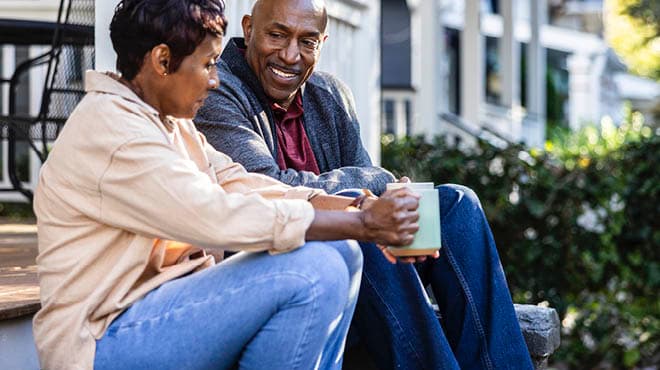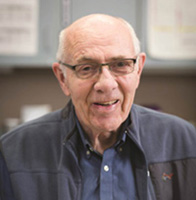A team approach to stoke recovery

Recovering from any health condition is rarely easy, and stroke is no exception. It is the No. 1 cause of long-term disability in the U.S., with only 10% of people who experience a stroke fully recovering with no adverse long-term effects. Recovery time differs by person, ranging from days or weeks to a lifetime.
The effects of stroke depend on the area of the brain involved and the amount of tissue damaged.
Common complications for stroke survivors include:
- Paralysis or loss of muscle strength on both or one side of the body
- Loss of vision
- Pain or numbness in specific areas of the body
- Difficulty swallowing or chewing
- Difficulty understanding or forming speech
- Memory loss
- Changes in behavior, such as controlling or expressing emotions
- Difficulty with bladder or bowel control
Rehabilitation after stroke focuses on helping each person recover as much function as possible and return to independent living. It often starts while the patient is still in the hospital, sometimes as early as hours after a stroke.
Each person's stroke recovery is different, and therapy programs are based on the patient's age, overall health and degree of disability. The good news is many health care specialists are ready to help each patient on the path to recovery.
Depending on a patient's condition, the treatment team can include:
- Primary care physician
- Neurologist
- Physiatrist (physical medicine and rehabilitation)
- Nurse
- Dietitian
- Physical therapist
- Occupational therapist
- Recreational therapist
- Speech pathologist
- Social worker or case manager
- Psychologist or psychiatrist
- Chaplain
The recovery process can be strenuous and time-consuming, but support from the medical team, and friends and family goes a long way in helping a patient recover as much as possible. It's important to approach each problem with patience, creativity and tenacity.
Learn more about stroke:
- Stroke: What it is and the different types
- Is it a stroke? How to know and help
- Who is most at risk for a stroke?
Han Wang, M.D., is a neurologist in Mankato, Minnesota.




